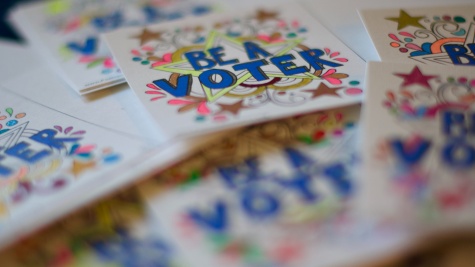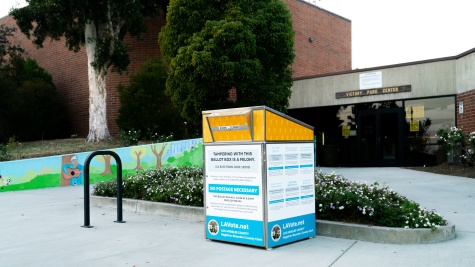What’s Happening with Mail-In Voting in Georgia?
A State Spotlight from the Stanford-MIT Healthy Election Project
Our story today comes from a November 2, 2020 report from Kevin DeLuca, Sam Pauley, and Emerson Webb, as part of the MIT Election Lab’s work with the Stanford-MIT Healthy Election Project
Highlights
- MIT and Stanford researchers take a deep dive into Georgia’s mail in ballot data to understand trends in requests, returns, and demographics.*
- As of October 31, nearly 1.78 million mail ballots have been requested, compared to 241,519 in 2016 — a 7x increase.
- 288,430 of these mail ballot requests have been canceled (usually by the voters themselves because they decided to vote early in person instead, or due to other administrative issues including whether they moved, or the ballot was destroyed).
- So far, 71.5% of requested ballots have already been returned for counting (1,266,056 total); 505,159 ballots are still outstanding.
- White voters make up a majority of mail ballot requests (52%), followed by requests from Black voters (32%) and the remaining (16%) from voters of other races; the rates of mail ballot return have been largely equal among races.
- During the week of October 18 alone, 48,251 mail ballots were requested and 316,325 had been returned.
- Rejections of mail ballots remain low with only 1,587 (<1%) having been rejected so far, nearly all due to signature issues — either missing (70%) or invalid (30%). This is likely because the state has yet to formally reject ballots or has not started reporting this in the absentee file.
With the election nearly upon us, researchers from the Stanford-MIT Healthy Elections Project analyzed the mail voting trends across the State of Georgia.
As of this past week, nearly 1.78 million mail ballots had been requested across Georgia — this number is a 7x increase since 2016. Of these, 288,430 requests have been canceled (usually by the voters themselves because they decided to vote early in person instead, or due to other administrative issues including whether they moved, or the ballot was destroyed).
Of the 1.78 million requests, roughly 71.5% of mail ballots had been returned for counting, with 505,159 ballots remaining to be returned. Overall, the rejection rate of mail ballots remains low with only 1587(<1%) having been rejected so far. These rejections have been nearly all due to signature issues — either missing (70%) or invalid (30%). The rejection number is likely so low because the state has yet to formally reject ballots or has not started reporting it in the absentee file.
Breakdown by Race
When examining the mail ballot requests by race, White voters make up a majority of requests (52%), followed by requests from Black voters (32%) and the remaining (16%) requests from voters of other races.
The rates of mail ballot return have been largely equal between races — 75.3% of ballots requested by White voters have been returned, compared to 69.71% of ballots requested by Black voters and 65.84% of ballots requested by voters of other races.
When examining the numbers, total requests by race:
- White: 895,509 (52%)
- Black: 548,632 (32%)
- Other: 278,032 (16%)
When examining the numbers, total returns by race:
- White: 674,340 (54%)
- Black: 382,477 (31%)
- Other: 183,062 (15%)
The breakdown of mail ballots still awaiting return by race:
- White: 221,169
- Black: 166,155
- Other: 97,970
During the week of October 18 alone, the breakdown for requests by race:
- White: 18,577 (42%)
- Black: 16,524 (37%)
- Other: 9,373 (21%)
During the week of October 18 alone, the breakdown for returns by race:
- White: 164,511 (54%)
- Black: 87,568 (29%)
- Other: 53,079 (17%)
Ballots Rejected for Counting
During the week of October 25, 855 ballots returned for counting were not accepted, bringing the total number of rejected ballots to 1,587. Rejections have nearly all been due to signature issues — either missing (70%) or invalid (30%).
The overall number of rejections is likely low because the state has yet to formally reject ballots, or has not started reporting this in the absentee file. In the June 9, 2020 primary, about 1% of absentee ballots were rejected.
Rates of rejection by race for the week of October 25:
- White: 0.06%
- Black: 0.08%
- Other: 0.08%
For a visual breakdown of the data and analysis, visit the full report here.
*** Analysis was conducted using the Georgia voter file from the summer of 2020. This analysis does not include any newly registered voters since then and does not contain their demographic information. As such, these new registrants are excluded from the statistics reported and plots where demographic information is required (i.e. ballots by racial groups).



